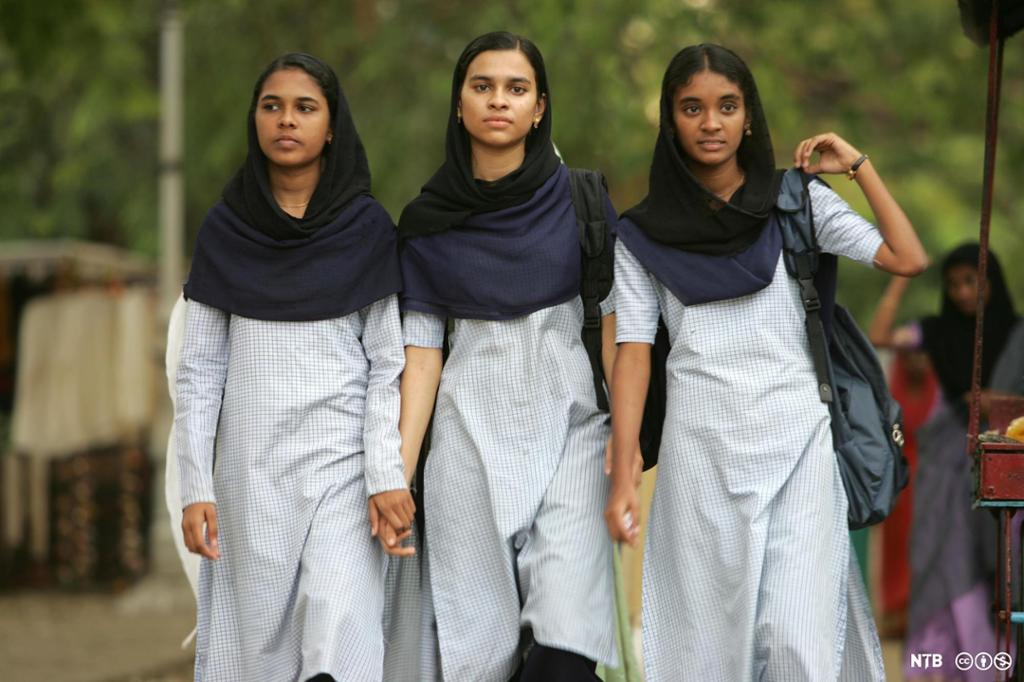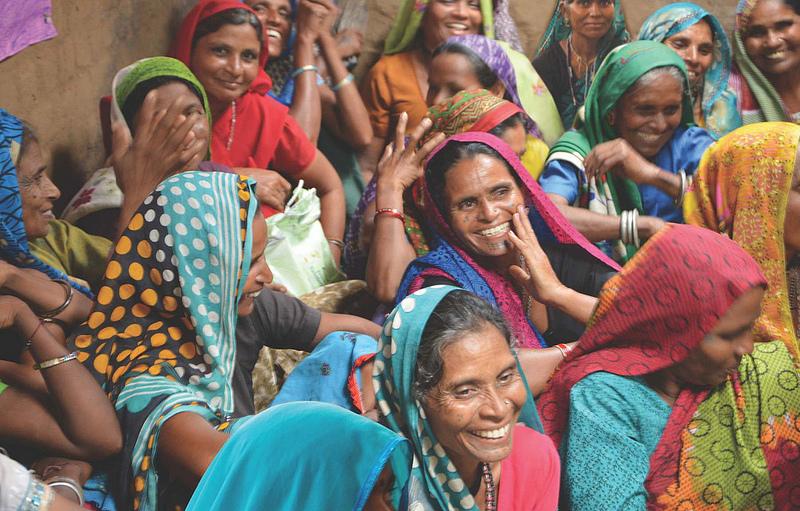Tasks: Empowering Women of India

How would you define women's empowerment? Would you add anything to the definition given in the text?
In your own words, explain why education is so important for girls in India and other developing countries?
What is The Right to Education Act? Why is this act so important for India?
What is the literacy rate for men and women in India?
Why do Indian girls drop out of school at an early age, and what are some of the consequences of the high drop-out rate?
What does it mean that few women participate in the formal workforce?
What do Pratham, Educate Girls, and Girls who Code do to help girls out of poverty?
What is the Women Entrepreneurship Platform, and why is this platform so important?
What is the Khabar Lahariya, and why is their work so important?
Practise some of the words from the text.
Choose either Pratham, Educate Girls or Girls Who Code and find out more about their work. What are they currently working on, and what have they achieved in recent years?
Link to Pratham's website
Link to Educate Girls' website
Link to Girls Who Code's websiteExplore Menstrupedia Comic’s official web page and read a free extract. What age group would you say this is suitable for and what is the focus in the extract you read? Which language and creative features do they use to get their message across?
Link to Menstrupedia Comic’s official website
Link to free excerpt of Menstrupedia Comic on Menstrupedia's websiteAccess the Kahbar Lahiriya webpage and have a look at their top stories. What are they currently writing about, and why do you think these stories are being prioritised?
Link to Kahbar Lahiriya's websiteDalit women are often described as being among the most oppressed in the world. Find out more about the caste system in India and the Dalits in particular. What is their historical background? What are their main struggles and how are Dalit women particularly disadvantaged?
These websites may be of help:
Link to information about India's caste system on borgenproject's website
Link to the website of the International Dalit Solidarity Network
Link to the World Directory of Minorities and Indigenous Peoples

In this exercise, you will listen to a podcast before working on related tasks.
Individual work:
Choose one of the two podcasts. Listen to one episode and take notes as you listen. Reflect on the following questions:
Who are involved in the podcast?
What do they discuss? Is this an issue that is also relevant for girls and women in Norway?
Did you learn anything new from the podcast? Did you understand everything that was being said? If not, why not?
Pair work:
Use your notes and give a summary of the podcast to one of your classmates. Also discuss the questions above.
Write:
Use your notes to write a short text where you discuss what we can learn from listening to a podcast like this. Does it contain factual information? Is it mainly entertainment?
Choose one of the following TED Talks and discuss the questions:
Ashweetha Shetty: 'How education helped me rewrite my life'
Link to Ashweetha Shetty TED Talk on the TED website
Point out some of the disadvantages that rural girls face in India.
Who was Helen Keller, and why does Shetty feel connected to her?
What is Ashweetha Shetty's message?
Safeena Husain: 'A bold plan to empower 1.6 million out-of-school girls in India'
Link to Safeena Husain TED Talk on the TED website
According to Safeena Husain, why is girls' education so important?
How does her organisation, Educate Girls, work? What are the most important challenges?
How can providing an education for all girls reduce the impact of other societal challenges?
Aditi Gupta: 'A taboo-free way to talk about periods'
Link to Aditi Gupta TED Talk on the TED website
How do you react to Aditi Gupta's personal experiences from when she was younger?
What kind of social restrictions are often imposed on girls during their periods? How do you think these restrictions affect young girls?
Why is the type of work that Aditi Gupta does so important in many parts of the world?
Write an expository text where you describe the situation for Dalit women in India.
Why is education for girls so important? Find relevant facts, numbers, and statistics from India and other countries, and discuss this question.
Relatert innhald
India lags behind on gender equality issues, but there are also many positive trends.